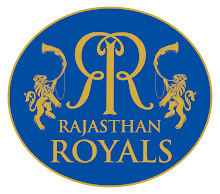
Cable Construction
Solder a USB connector to each end of chosen cable, paying attention to the wire colors attached to each pin. In normal USB cables, the red (pin 1) and black (pin 4) wires carry 5 volts and a common ground. Digital data is passed over the green (pin 3) twisted pair, returning over the striped wire (pin 2). Use the available twisted pairs to conduct each signal, making sure to use the same wiring pattern on both connectors. Completed cables can extend up to 50 feet if properly shielded. Use a multimeter to ensure that all pins have conductivity.






0 comments:
Post a Comment